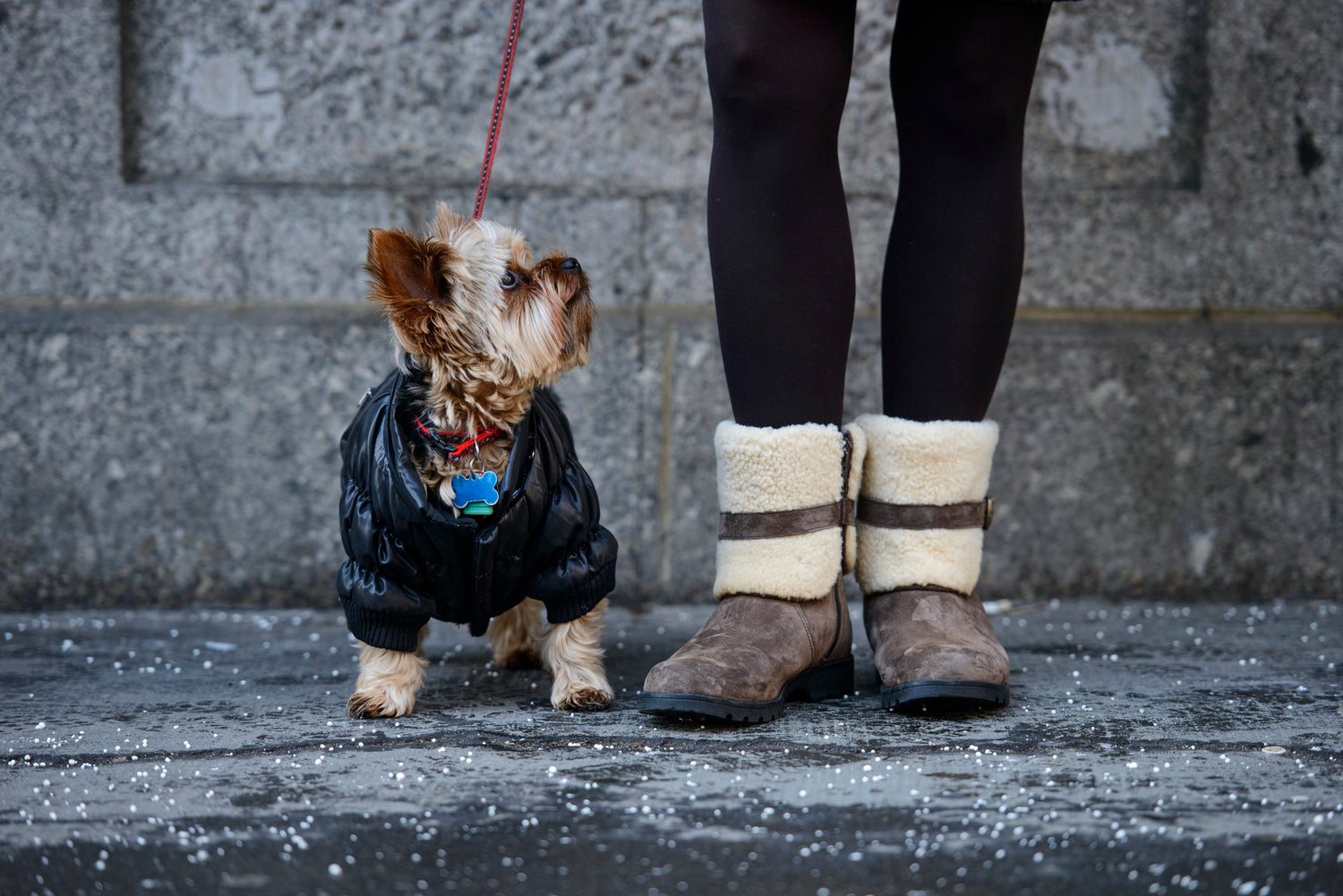Winter brings with it the joy of snowflakes, hot cocoa, and cozy fireplaces. However, for our pets, the cold season also introduces a set of challenges that every pet owner should be aware of. Whether you have a dog who loves to play in the snow or a cat who prefers the indoors, these winter pet safety tips can help ensure that your animal companions remain warm and secure throughout the season.
-
Beware of Antifreeze and Other Harmful Chemicals
Antifreeze, while vital for our vehicles during winter, can be deadly for pets. Its sweet taste can be tempting for animals, but even a small amount can be fatal. Always store antifreeze and other chemicals out of pets' reach and promptly clean up any spills. -
Limit Outdoor Time
Even if your dog loves the snow, prolonged exposure to cold temperatures can lead to frostbite and hypothermia. Ensure that your outdoor adventures are brief, and always check your pet's paws for ice accumulation or any signs of injury. -
Invest in Protective Gear
Pet jackets and booties are more than just fashion statements. They provide added warmth and protection from the cold, wet ground. Especially for smaller breeds or short-haired dogs, a warm coat can make a considerable difference. -
Mind the Paws
Ice melt and salt spread on sidewalks and roads can irritate and harm a pet's paws. After walks, make sure to wipe down your pet's feet, legs, and belly to remove these chemicals. Also, consider using pet-safe ice melts around your home. -
Provide Adequate Shelter
If your pet spends a considerable amount of time outdoors, make sure they have access to a dry, warm shelter that shields them from the wind. Ensure the entrance is facing away from prevailing winds and elevate the floor a few inches off the ground. -
Avoid Ice
While it might seem fun for pets to play on ice, they can easily slip and injure themselves or even fall through if the ice is thin. Always monitor their activities around frozen ponds, lakes, or rivers. -
Watch Out for Winter Predators
In some areas, predators like coyotes may come closer to human habitats in search of food during winter. Keep a close eye on your pets when they are outside, especially during dusk and dawn. -
Stay Active Indoors
Just because it's cold outside doesn't mean your pet shouldn't get their daily dose of exercise. Play indoor games, invest in interactive toys, or even set up obstacle courses to keep them engaged. -
Heated Mats and Pads
While there are many ways to keep the inside of your home warm, some pets particularly appreciate a heated spot of their own. Products like HeatTrak mats not only serve humans by melting snow on pathways but can double as a cozy spot for pets (under supervision) to relax. Just ensure any heated product you use is pet-safe and always supervise your pet when they're near them. -
Keep Food and Water Accessible
Cold weather can increase energy expenditure. Ensure that your pet has access to fresh water that isn't frozen and perhaps even consider upping their food intake a bit, based on their activity level and your vet's advice.
Conclusion
Winter, with its serene snowy landscapes, can be a wonderland for many pets. However, it also brings unique challenges that every pet owner should be aware of. By being proactive and implementing these winter pet safety tips, you can ensure that your furry friend stays warm, happy, and safe all season long.
Remember, while winter presents its set of challenges, it also offers moments of joy, like watching your pet play in the first snow of the season or curl up next to you on a cold night. By taking these precautions, you can relish these moments without worry.


